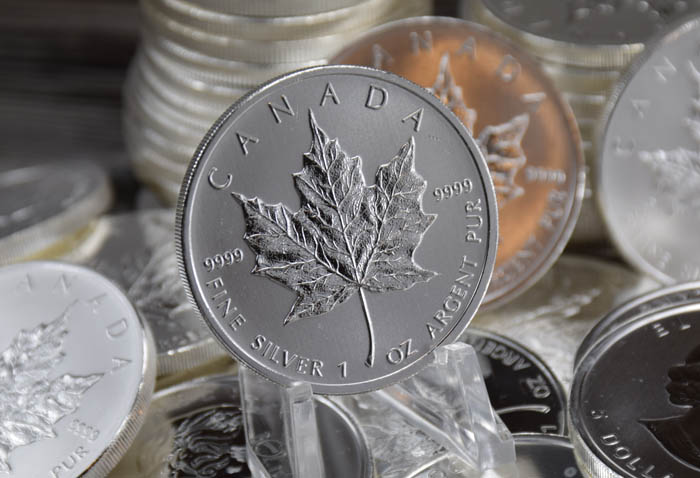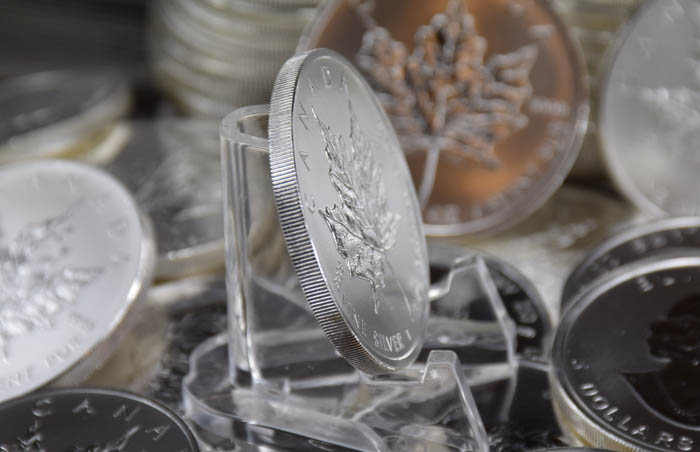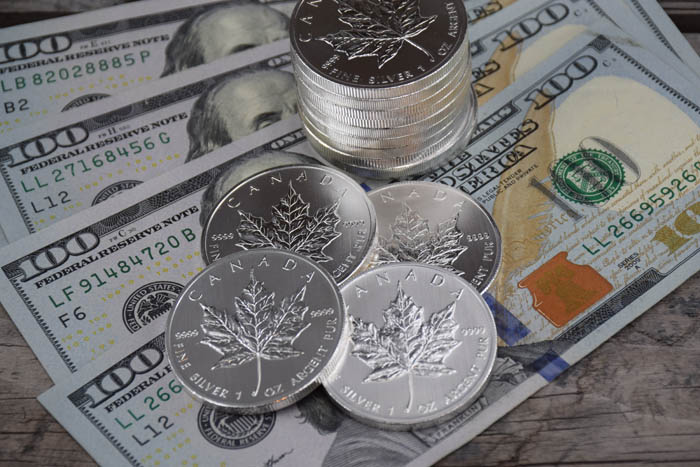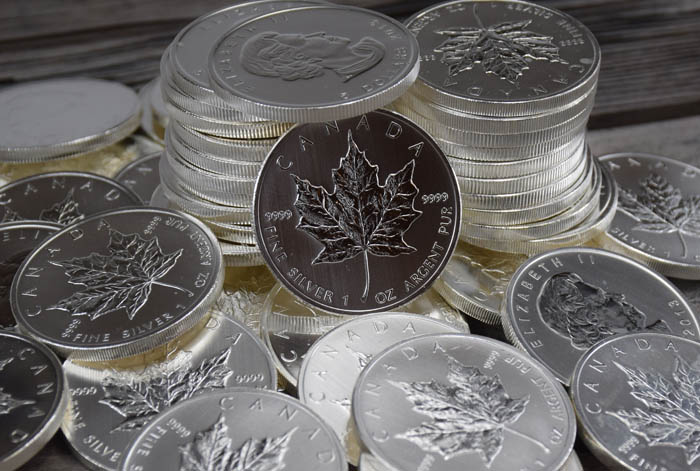

The Perth Mint is one of the oldest still operated mints in the world, its history is so fascinating as its coins are beautiful. The Perth Mint is of big significance and very important for Australia. Dating back to 1899 when the first coin was struck until now the Perth mint hasn’t lost a bit of its influence. It’s biggest competitors, when it comes to bullion coins, are the US Mint, the Austrian Mint, and the Royal Canadian Mint.
The history of the Perth mint began in the late 1800s, during this time the gold rush was happening in the USA. But America wasn’t the only place where precious metals were discovered, the Australian gold rush began around the same time as the California gold rush (1850s). Just like in the Unites States, goldminers flooded the country coming from around the world to strike it rich. Most of them came from Great Britain, but some of them also arrived from China, Europe, and even the United States. Of course, also Australians searched for the precious metal that were said to just lie on the ground ready to be picked up. Sadly, this did not portray reality and many people laid down their lives looking for gold. However, there were people that became successful through mining but just very few did strike it rich. Most just found very little gold. But what to do with the precious gold that was mined with hard efforts? Miners that had found gold needed a place to deposit it and that’s where the Perth Mine came in.
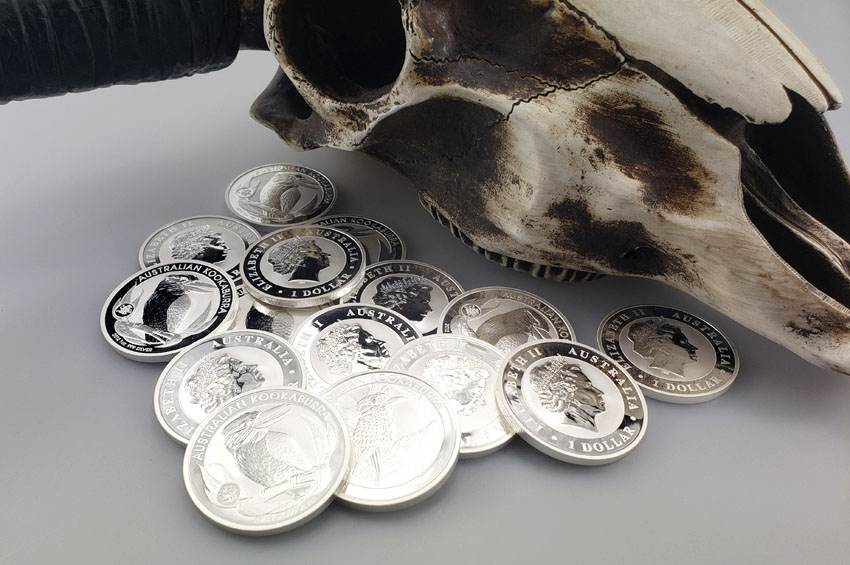
Despite the gold located near the town of Perth there wasn’t a lot of money in circulation, the town was poor. But miners needed a mint to exchange their gold for money, luckily Premier John Forrest thought ahead. He convinced the British to build a Royal Mint in Perth and the stone foundation was finished in 1869, the mint itself opened 3 years later. The money from the gold strengthened the economy and Australia’s population increased, 23.000 new people came to Australia in only one year.
The first coin series struck at the Perth mint were Sovereigns; these gold coins were used throughout the British Empire and Australia. They were first struck in the late 1400s ordered by Henry VII. The design and weight of the British Sovereign kept changing until 1931 when they were last struck. Designed by Benedetto Pistrucci these special coins were produced not only in Australia but also in Africa, Canada and even in India. After almost 450 years of glory the British sovereigns vanished from circulation instead being replaced by ordinary paper notes. This change didn’t stop the Perth Mint though, instead of striking Sovereigns it began producing ordinary pennies and later pure gold bars. After World War II the Perth Mint and branches of the Royal Mint supplied Australia with gold bars and coins. In the beginning, the Perth Mint only struck low value coins, usually made of copper. But the mint proved themselves when they impressed the Royal Mint with their remarkable gold products.
After this great success, more change was on the horizon for the Perth mint. In 1970 on the first day of July the Perth mint changed ownership. No longer under British rule, the Perth Mint was now Australian owned.
After this event a lot changed at the Perth Mint, now it didn’t just strike pennies but real collectors’ pieces. The Perth mint is known for their gold and silver Kangaroo coins and for their silver Swan Series as well as for other beautiful collections. The silver Kangaroo coins were first struck in 1993 and were designed by Raphael Maklouf. The silver Swan Series on the other hand became so popular that in the end the swan became the Perth Mint’s official logo. The Perth Mint strikes a lot of coins that are engraved with animals up to this day. Usually made of silver, these coins show koalas, kookaburras, platypuses, eagles and of course swans and kangaroos (the kangaroo coin is also available in gold). But animals aren’t the only symbol on Australian coins, a lot of pieces show parts of Australian history and portray not only their own culture but also other cultures (Lunar New Year Coin Series for example). The coin series listed above however do not include all of Australia’s coins, many other pieces are struck at the Perth Mint everyday.
fThe Perth Mint of Australia is a piece of Australian history and a key element of the Australian gold rush. This mint is built on the gold that old day miners provided and has survived both world wars, striking beautiful coins up to this day.
The Austrian mint or “Muenze Oesterreich” is one of the oldest mints in the world and most recognized for its beautiful Vienna Philharmonic coins. It has a fascinating history that dates back to 1192, into Europe’s medieval times. Though so old it’s still running and striking coins for Austria up to this day. As Austria’s only mint and one of the oldest mints in the world it has made itself quite a name, not only in Europe but around the world. The Austrian Mint’s direct competitors are the US Mint and The Royal Canadian Mint as both are also producing very popular bullion coins.
Leopold V, the duke of Austria and King Richard the first (also known as Richard the Lionheart) were both important and influential monarchs in Austria. King Richard I was King of England called the Lionheart because of his history as a warrior and military leader. It is said that Richard insulted the Austrians and Leopold V. As a punishment the duke of Austria imprisoned England’s King, extorting the English by saying he wanted 20t of gold in exchange for Richards’ release. However things were looking bad for Richard the Lionheart when his younger brother John refused to pay the ransom. At the beginning it was actually unlikely for Richard the first to become King at all, he was the third of five children. But miraculously none of his older brothers ever had the intention and will to become king, the only ones in the Royal family willing to take the throne were Richard and John. Since John was the youngest of all five Richard became King and was crowned in September of 1189. Two months before (July) he had been declared Duke of Normandy. So while King Richard was gone, John had actually benefited from his imprisonment. Finally after 14 months Richard the Lionheart was released from his prison in Duernstein. His mother Eleanor of Aquitaine had raised money to free her son.
In 1194 two years after Richards’ release the duke of Austria made the decision what to do with the 20t of silver that he had received from the British. He wanted to strike coins, pfennigs to be exact. To make his plan reality he built a coin mint in “Hoher Markt”. Historians have found evidence that throughout history the mint moved to different locations, from Hoher Markt into the Wollzeile. Then in 1834 Kaiser Franz the first ordered for the mint to be moved into its permanent home in central Vienna. A good decision by 1850 the Austrian mint was the biggest in the entire Austrian empire. Later after the first world war and the fall of the empire, the Austrian mint became the only mint of Austria. The Mint is owned and operated by Austria’s central bank.
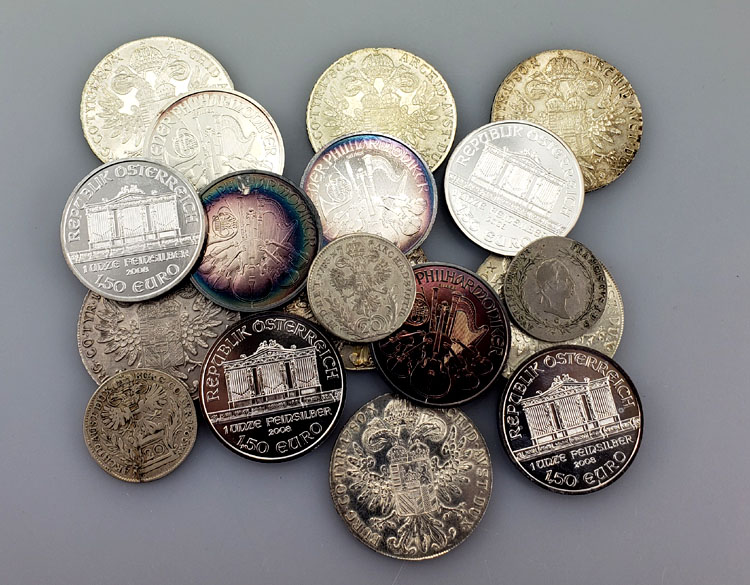
The coins at the Austrian mint are made from scratch. The first step in the process from bar to coin is melting the metal so that it can then be poured into plaster models. The metal hardens and the coin is finished. When simple coins are made these steps are done by machines, however when striking more expensive gold or silver coins this process is done by hand.
Some of the most memorable and popular coins that the Austrian mint strikes include the Vienna Philharmonic coin series as well as the Maria Theresa Thaler. The Maria Theresa Thaler dates back to the 1700s when the real Maria Theresa was still alive. Back then she ruled Bohemia, Austria and Hungary, had a lot of political impact and was widely known throughout Europe. Maria Theresa became empress in 1740 Theresa Thaler was first struck a year later. She died in 1780, but the coin itself lived on. In 1857 Francis Joseph of Austria proclaimed the Maria Theresa Thaler to be official currency. However it only stayed an official trading coin for a year, in 1858 Francis Joseph’s declaration was taken back and the Maria Theresa Thaler lost its importance. At least until now, the Austrian mint still strikes this special silver thaler today.
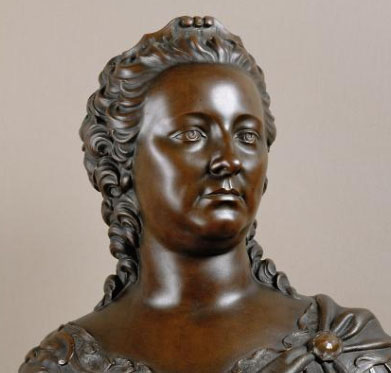
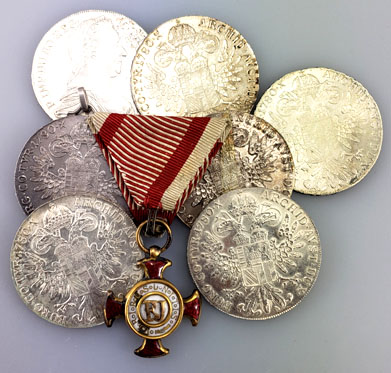
The Vienna Philharmonic coin on the other hand doesn’t date back quite as far, first introduced in 1989 it quickly gained popularity. In 2013 it was awarded third place as the best selling bullion coin in the world. It was originally struck in two different sizes and is available in silver, gold and platinum.
Of course the Austrian mint also strikes simple, everyday coins that go into circulation. Back in the day it was responsible only for striking shilling coins, now it strikes euro coins and collectibles. The Austrian mint also sends coins and planks (plain coins that don’t have a pattern yet) to other countries. The Austrian history, coins and its impact on not only Europe, but the world is remarkable, the special coins it strikes will surely be remembered for a long time.
The Royal Canadian Mint, better known as the Mint, is Canada’s official issuer of coins and currency. The Mint was founded in 1908 by Edward VII and produced its first coins later that year. Canada’s gold dollar coin became the world’s first million-dollar coin with a value of $1 million. From 1937 to 1954, all Canadian coins featured a portrait of King George VI, who abdicated his throne upon death in 1952 and was replaced with Queen Elizabeth II.
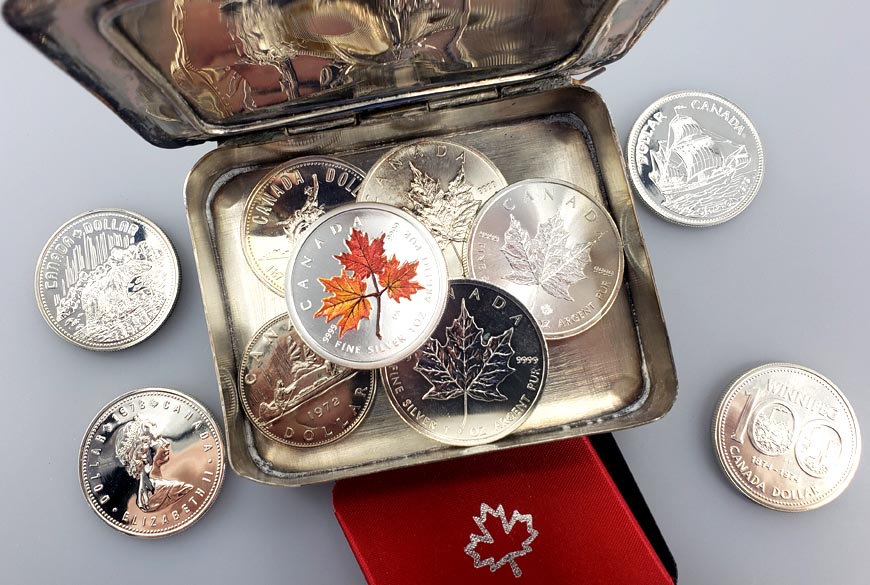
The headquarters of the Mint is located in Ottawa, Ontario, where 1,800 employees work for the company. In addition to its Ottawa location, four branch facilities are located in Winnipeg, Manitoba; Edmonton, Alberta; Vancouver, and Montreal, which have a combined total of over 438 employees.
Parliament granted the Royal Canadian Mint its power on December 12th, 1908. This act gave it the authority to mint coins from precious metals and to refine gold and silver from all sources in Canada. The primary focus of this business was to produce a new gold coin that did not have any ties to Great Britain’s currency system, as well as design a series of new coins for Canada.
The Royal Canadian Mint has remained one of Canada’s most influential businesses for over a hundred years. The Mint is also the largest refiner of scrap gold and scrap silver and producer of gold and silver coins in North America. For example, the Mint was granted to refine Canada’s gold mined from 1904 to 1914, which happened to be 1,370 kilos in weight and produced $40 million worth of gold. However, the business had hit some tough times during the 1950s due to a lack of demand for its coins worldwide, which led to a two-week employee strike in 1955. The government would later appoint Dr. George E. Walker to head the Mint in 1959, where he would implement a new accounting system for the business. This allowed for more efficient production and helped ease some cash flow problems.
The Royal Canadian Mint continued to operate efficiently throughout the 1960s, producing more than 8 million gold bullion coins annually. The Canadian government then permitted the company to produce platinum coins in 1979 when it was recognized that there was a need for an increased number of platinum products.
The legacy of the Royal Canadian Mint continues to be a top-notch producer of gold and silver coins known for its high-quality standards. Some examples are its Lunar Series I, II, and III and its world series collections in 100-coin amounts. In 2010, the production of fine platinum bars began at the facility, enabling platinum products to be sold worldwide via bullion refineries. The Mint remains active in producing coins, medals, and currency worldwide today, with China being one of its biggest markets, with 6 million ounces per year being refined from 2004 to 2009.
The Mint also possesses a giant vault created in 1937 and is located inside the basement. According to the Mint, this vault can hold over 1.5 million ounces of gold, making it the largest underground storage facility in Canada. The coin production facility for the Mint is located on the east side of Ottawa and can produce around 4 billion coins per year.
The Mint is also a significant tourist attraction for anyone interested in visiting and seeing the facility where coins and paper money are made. Individuals can view the production facility, venture out to the Ottawa Currency Museum or even tour Parliament Hill when they attend a guided walking tour of Ottawa, which includes a visit to the Mint.
The Royal Canadian Mint has been an essential part of Canada’s history since 1908 when Edward VII founded it. The company continues to produce well-known coins and currency, such as the Canadian Silver Dollar or the Loon Dollar which celebrated its 100th anniversary in 2008. The Mint will continue to remain relevant into the future with its high standards in refining precious metals and manufacturing coins sold worldwide today.
The Mint’s New Prosperity Bullion Program allows investors to invest in bars of gold and silver via the Mint’s website. These bars are made out of 24k pure gold and 100% Brilliant Uncirculated (BU) silver, which are then carefully inspected to make sure they meet the specifications set by each investor. The program comes in three different options that include 1-, 3-, or 5-pound bars. These choices cover investors on all levels as they can choose how much gold or silver they want to buy based on their investment goals and buying budgets.
The Royal Canadian Mint is a well-respected business producing coins, medals, and currency for over a hundred years. The Mint has been an essential part of Canada’s history and continues to produce stellar coins and paper money that are used worldwide today. The Mint’s animal themes have also been prevalent, which includes the official symbol for Canada being the polar bear. The Mint has a unique legacy that is both rare and well-received by investors anywhere in the world. With the US Mint, The Royal Canadian Mint has a tough competition although they produce very different themes.
The US Mint is a bureau of the United States Department of the Treasury that produces coins for use in the United States. It also produces circulating coinage for the nation’s economy and manufactures relief coinage for collectors. Its address is One Penn Plaza, New York, NY 10119. The US mint is very well known for producing the American Eagle silver coin, the most important bullion coin ever produced.
In 2009, the Mint generated $7.8 billion in total numismatic products and related services sales. As a result, the United States Mint is the largest producer of circulating coinage globally. The Mint’s numismatic programs create an annual four billion dollar impact on the United States economy and directly impact by employing over 6,000 artisans, metalworkers, and other craftsmen.
The United States Mint originated from a Congressional Act signed into law by President George Washington on April 2, 1792. The Act provided for producing a national coinage and designated the first Mint in Philadelphia, Pennsylvania. In May 1792, Anthony Morse came to Philadelphia and took up his duties as the first Chief Coiner and Refiner at the new Mint.
The financial system created by this Act was unstable because there was no national currency. In response to the absence of a national currency, the Coinage Act of 1792 established the United States Mint in Philadelphia. In response to the Coinage Act, Congress passed another act calling to create one or more mints. This Act was approved by President Washington on June 8, 1792, and provided that:
The Mint Act of 1792 was written in three parts. The first part was to establish a Mint, the second part was to regulate coins, and the third part was to do all acts relating to the currency of the United States. The first Mint Congress created was based in Philadelphia, which served as its home for almost seven decades until 1833. City Hall now occupies this original Philadelphia Mint location.
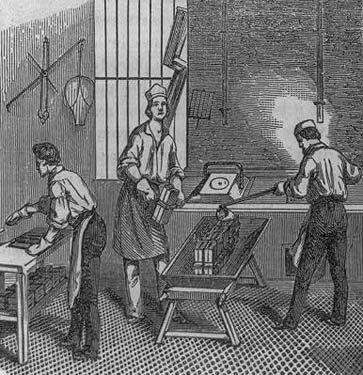
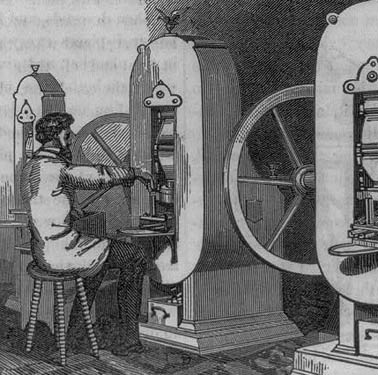
The Coinage Act of 1792 authorized two gold pieces of eight dollars each and two other gold pieces valued at fifteen dollars each. In 1838 the half-eagle was valued at five dollars but soon changed this to four dollars. Other coins were produced and were issued conveniently in the vaults where they were stored. The commercial aspect of the United States Mint began to take shape.
Early mints in America mainly operated as independent entities under control by a board of directors and supervised by a superintendent, who then reported directly to the United States Department of State.
The US Mint nevertheless designed and manufactured coins for the federal government during the first half of the nineteenth century. The Mint also began producing medals.
In 1837, it produced silver dollars to trade with other countries for bullion for the new nation’s dollar currency. The following year, Congress passed the Coinage Act of 1838.
Learn more: the history of the US mint
The United States Mint has had many accomplishments since its inception. Since 1996, the US Mint has been the source of commemorative coin programs for the nation. Furthermore, in 2000, the E Pluribus Unum American Eagle gold coin was introduced alongside other historical denominations.
In 2007, an Oklahoma-based firm named West Point Manufacturing was awarded a $1 billion contract to produce 50 million one-dollar coins as part of The Presidential Coin Program to commemorate some of America’s most outstanding leaders. In 2010, the United States Mint issued the James Buchanan centennial silver dollar. In 2013, American Eagle silver dollars were reintroduced.
In 2014 and 2015, the US Mint produced a unique coin honoring the bicentennial of the Constitution of the United States, marking its 200th birthday in 2018. It is made up of 5 one-ounce coins representing history and patriotism. The 50 State Quarters Program was also initiated in 2010 to commemorate the US states in their order of admission to the Union.
Besides the fact that the United States Mint is responsible for circulating coinage, it also produces relief coinage for collectors and produces numismatic products and services. The US Mint has had many accomplishments since its inception. In addition, their accomplishments include but are not limited to: the production of circulating coinage, the production of medals, and most recently, their participation in commemorative coin programs.
The US Mint has many exciting new endeavors planned and will be a leader in bringing innovative new products to market.
Silver has been used as a precious metal for many centuries. It is used in industry and jewelry. Silver has been known since ancient Egypt when it was alloyed with gold to make trinkets for Egyptian nobles.
Silver has been used as an industrial metal in electronics and jewelry for centuries around the globe. It remains popular today, not least because it can be easily shaped into wires but also because it does not tarnish. Silver has many uses, including photography and water purification systems. The silver market is large and very liquid, especially since several futures markets are trading this commodity around the clock on exchanges worldwide.
This makes Silver one of the most globalized commodities on Earth. Check the current silver chart if you are interested in knowing the price per ounce.. The world’s biggest silver mines are located in Mexico, Peru, Poland, Australia, and Russia. It is interesting that many of these mines are very old and have been in operation for many years. The following are the biggest silver mines in the world.
1. Fresnillo Mine.
The Fresnillo mine is located in the state of Zacatecas. This silver mine produces an annual output of around 14 million ounces per year, making it one of the largest silver producers in Mexico. Silver production has been going on at this site since 1554. Production began with just two furnaces for processing refined mercury, which gave these installations their names “El Mercurio.” In 1555 this mine produced the first ingots. The mercury was used to extract silver from the ore. The Fresnillo mine is currently owned and operated by Fresnillo plc, a British mining company.
2. Cannington Mine.
The Cannington mine is located in Queensland, Australia, and BHP Billiton owns it. This silver mine has an annual production capacity of around 12 million ounces per year. The first silver discovery was made in 1987, and commercial production began in 1991. The orebody at Cannington is hosted within a bedded sequence of carbonate rocks overlain by surficial clays, sands, and gravels. A significant proportion of the global silver resources are estimated to be found in this type of deposit.
3. Guanajuato Mine.
The Guanajuato mine is located in the state of Guanajuato, Mexico. This silver mine has an annual production capacity of around 11 million ounces per year. The Spanish Crown granted the first mining concession here to Don Diego de la Vega in 1558. Mining activity continued at this site until it was temporarily suspended in 1828 due to a revolution that affected much of Mexico. Operations resumed in 1848 and continued until 1978, when the government nationalized the mines. In 2002, these mines were privatized again, and today they are operated by Minera Mexicana el Rosario.
4. Penasquito Mine.
The Penasquito mine is located in the state of Zacatecas, Mexico. Newmont Goldcorp wholly owns it. The reserves at this site are estimated to be more than 32 million tonnes grading at 0.28% lead and 0.81 grams/tonne gold plus significant amounts of zinc. Production commenced with a large-scale open-pit operation processing ore from the nearby Santa Eulalia deposit.
5. Yauliyacu Mine.
The Yauliyacu mine is located in the province of Pasco, Peru. It is owned and operated by Hochschild Mining plc. This silver mine has an annual production capacity of around 11 million ounces per year. This mine has been in production for over 120 years.
6. Polkowice-Sieroszowice Mine.
The Polkowice-Sieroszowice mine is located in the Upper Silesia region of Poland. This silver mine has an annual production capacity of around 11 million ounces per year, and it belongs to KGHM Polska Miedź, which also owns several other mines, including Bogdanka, Borynia, and Rudna. The reserves at this site are estimated to be more than 22 tonnes grading at 0.11% lead and 0.38 grams/tonne gold plus significant amounts of zinc.
7. Gumuskoy Mine.
The Gumuskoy mine is located in the province of Kutahya, Turkey. It is owned and operated by Eti Mine Works. This silver mine has an annual production capacity of around 11 million ounces per year. The reserves at this site are estimated to be more than 21 million tonnes grading at 0.27% lead and 0.56 grams/tonne gold plus significant amounts of zinc. Sliver is produced in this mine as a by-product metal found along with lead and zinc. The smelter at Gumuskoy can produce silver bars of 99.99% purity which are sold mainly into Europe, the Middle East, and Africa markets.
8. Greens Creek Mine.
The Greens Creek mine is located in the Fairbanks North Star Borough, Alaska, and belonging to Hecla Mining Company. The primary production method is underground block caving and cut-and-fill, which Hecla Mining Company developed in 1983.
The mine was discovered during a regional geologic survey by USGS (United States Geological Survey) between 1946 and 1949, covering an area of more than 500 square miles.
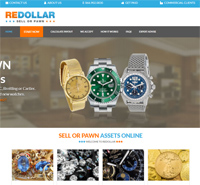 reDollar.com is an online company buying gold, jewelry, diamonds, gemstones, watches, coins and antiques. The company operates nationwide and offers great deals.
reDollar.com is an online company buying gold, jewelry, diamonds, gemstones, watches, coins and antiques. The company operates nationwide and offers great deals.
Website: www.reDollar.com
Phone: 866.902.0830
John L. got $6,077.55
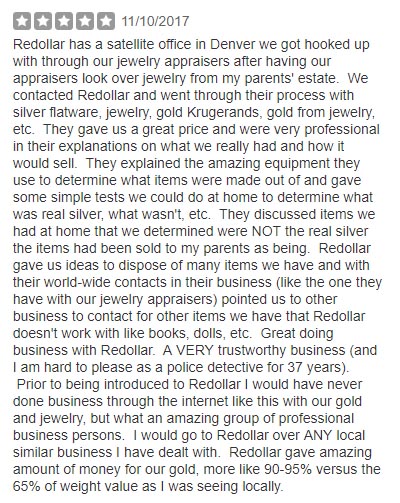
Kevin B. got $1786.31

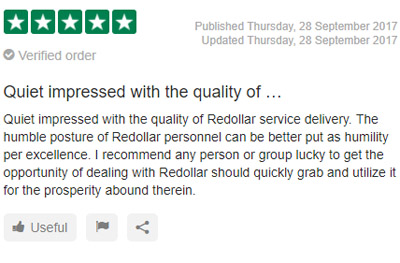
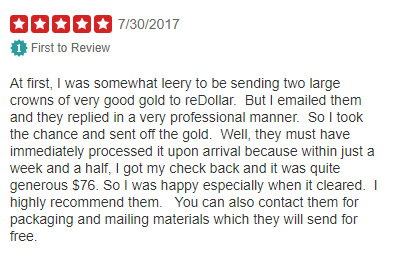
Mexico Libertad silver coins are in circulation since they got first minted in 1982 by the “Casa de Moneda de México” which is the official Mexican mint. Because Mexican Libertad silver coins are now around for more than 35 years, the coin is the oldest minted silver bullion coin.
The coins obverse shows the contemporary Mexican national coat of arms surrounded from the historical coat of arms. The reverse shows the goddess of victory and states ONZA/PLATA PURA/2008 LEY .999.
The Mexican Libertad coin is an official currency in Mexico but minted without denomination. A very special thing about Mexican Libertad silver coins are its different versions from 1/20 troy ounce to 1 kilo coins.
Obverse
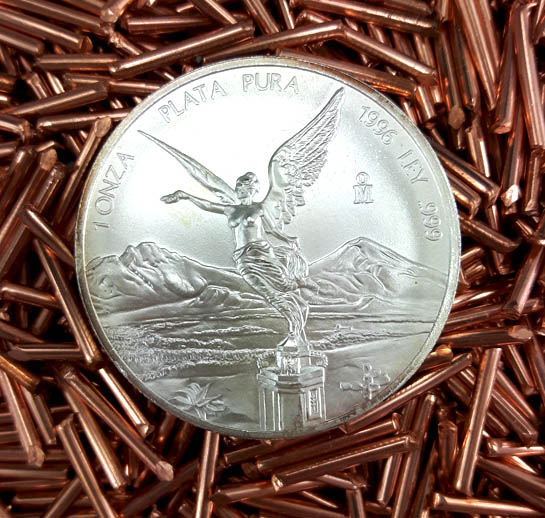
Reverse
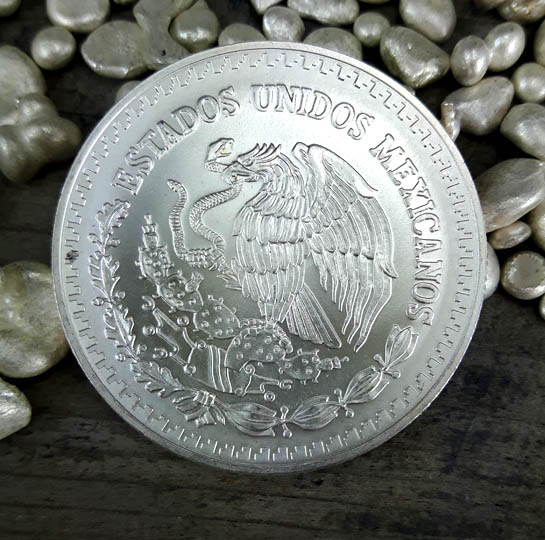
Rim View
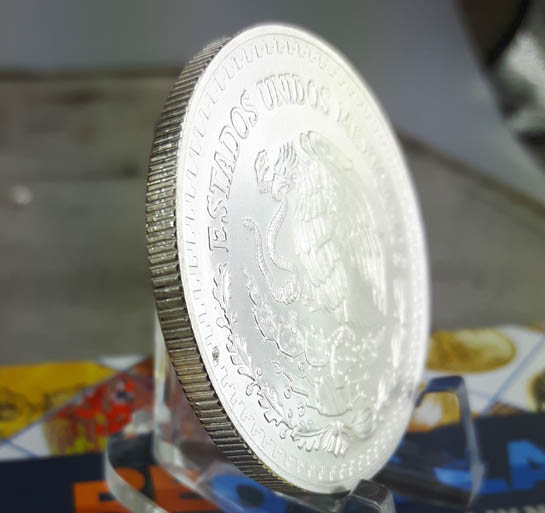
Gold Nuggets on Silver Libertad Coins
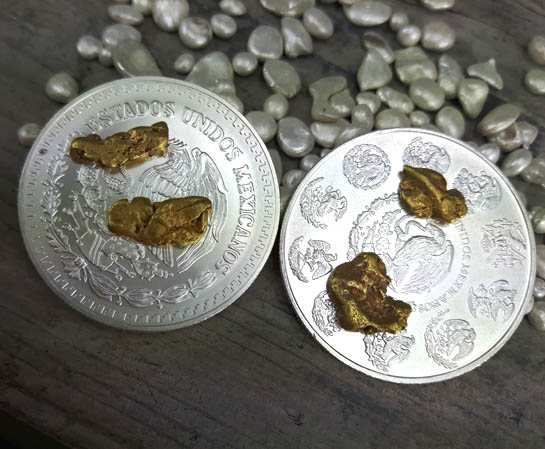
Coins have been around for thousands of years, and have played a significant role in societies all over the world. Coins are most commonly used as a form of payment, as a result, they have become part of the biggest events throughout all history. Often times coins are decorated with faces, places, or phrases that are significant to that coins country of origin. Coins are time travelers minted in a far away time. They can be more than just payment, they can be a piece of history that finds itself in the palm of your hand. One silver coin in particular whose home is the united states, carries an interesting history with it. This coin is the American Eagle silver coin.
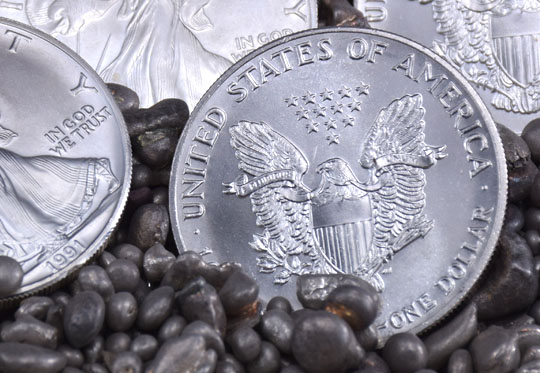
On November 24, 1986 the American silver bullion coin was born. This silver coin was first minted all the way in the San Francisco U.S. mint. The Coin has since been minted in the Philadelphia Mint and West Point. This American Eagle coin is only made in the one-troy ounce size and carries a face value of one dollar. The American Eagle Silver Coin is guaranteed to contain one troy ounce of 99.9% pure silver. The value of the American Eagle coin is mostly symbolic. The coin has a face value of one dollar but are traded based on the market rate for silver. Their market value is often much higher than their face value making these coins a great investment. The value of each coin is also raised by things such as the year it was minted and the mint marks on the coins. Your one dollar investment can turn into much more if you know what to look for!
You don’t have to be an expert to know that having a little silver is never a bad idea. Investing in real silver is unlike investing in paper bonds , certificates, or future contracts. Owning silver means you own hard assets unlike paper bonds or stocks. Owning physical silver means that you have no default risk. The same cannot be said for almost any other investment you can make. Investing in silver can protect you against depreciation. The easiest way to buy into this investment is to buy silver coins. The American Eagle silver bullion coin will always hold its value even if paper money doesnt. Now these great adventurers, known as coins, who travel from person to person and place to place can be more than just money they can be an investment in a secure future.
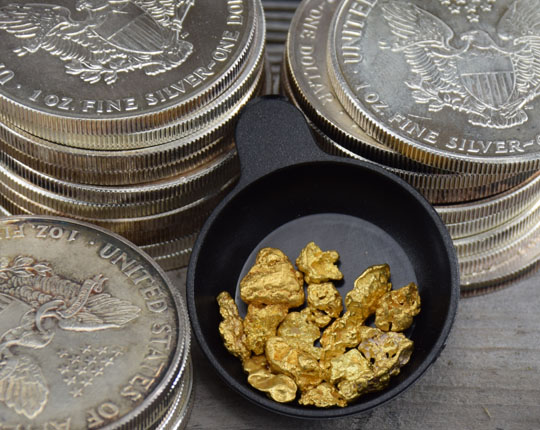
The Maple Leaf Silver Coin is one of the most popular silver coins in North America. We have collected some information and photos for you.
